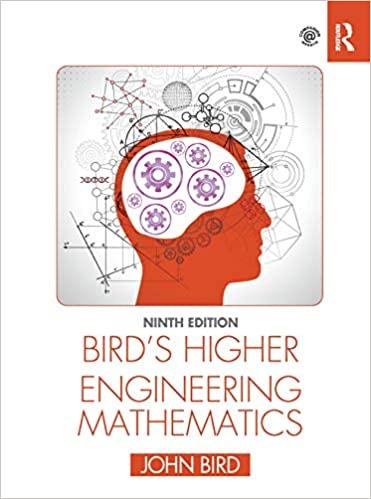Question
During initial Phase I and Phase II studies, the incidence of nausea and vomiting of a new cancer chemotherapeutic agent was 35% for 190 patients,
During initial Phase I and Phase II studies, the incidence of nausea and vomiting of a new cancer chemotherapeutic agent was 35% for 190 patients, while 75 controls receiving conventional therapy experienced nausea and vomiting at a rate of 55%.Are the rates significantly different?
What type of hypothesis test would you use in this case?
Would you use a left, right or two tail test?
How many of the conventional group experience nausea?
How many of the chemotherapeutic group experience nausea?
If the p value is 0.005, would you conclude that the rates are significantly different?
What is the 95% CI estimate for the difference in nausea rates between the new chemotherapeutic group and the conventional treatment group?Do the results indicate that there is a significant difference between the nausea rates for the two groups? (mark the answer with the correct CI and conclusion)
- 95% CI: (0.057, 0.320); no significant difference since 0 is not contained in the CI
- 95% CI: (-0.057, -0.320); significant difference since 0 is not contained in the CI
- 95% CI: (0.057, 0.320); significant difference since 0 is not contained in the CI
- 95% CI: (-0.057, -0.320); no significant difference since 0 is not contained in the CI
- none of the above
During clinical trials with a specific agent, it was found that the incidence of blooddyscrasiawas 2.5%.In a later Phase IV study involving 28 patients, two developed blooddyscrasia.Would you conclude that the proportion that developed blooddyscrasiain the Phase IV study is significantly different that thepre-approval rate of 2.5%?
- Yes, since 7.1% > 2.5%
- Yes, if the p-value for a one-proportion z-test is 0.012, which is greater than the significance level of 0.05
- No, if the p-value for a one-proportion z-test is 0.012, which is greater than the significance level of 0.05
- none of the above
Step by Step Solution
There are 3 Steps involved in it
Step: 1

Get Instant Access to Expert-Tailored Solutions
See step-by-step solutions with expert insights and AI powered tools for academic success
Step: 2

Step: 3

Ace Your Homework with AI
Get the answers you need in no time with our AI-driven, step-by-step assistance
Get Started


